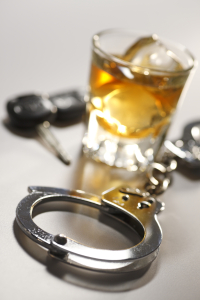 San Diego residents often call me for their free phone consultation after being charged with their first drunk driving offense. At the end of the call, the person often says, “I have been talking to my friends and I just don’t know if I need an attorney on a simple misdemeanor DUI.” Here’s my answer: You absolutely need an attorney! Any time you are charged with a crime, whether it’s drunk driving, domestic violence, or murder, you must have an advocate on your side.
San Diego residents often call me for their free phone consultation after being charged with their first drunk driving offense. At the end of the call, the person often says, “I have been talking to my friends and I just don’t know if I need an attorney on a simple misdemeanor DUI.” Here’s my answer: You absolutely need an attorney! Any time you are charged with a crime, whether it’s drunk driving, domestic violence, or murder, you must have an advocate on your side.
First off, all criminal matters are very serious. Regardless of whether your case is a misdemeanor or a felony, it can impact your criminal record throughout your lifetime. Your record influences the jobs and promotions you may seek, your housing, loans, and many other aspects of your life that you will not realize until you are getting a background check done. Don’t you want to try to get the charges dismissed or reduced and your penalties lessened?
A criminal defense attorney knows the law and protects your rights. In addition, the lawyer knows the system, how it works and what to expect. With the attorney’s legal insight, discovery is requested and then reviewed to look for issues with the case which can lead to reduced charges and possibly even a dismissal of your case.
If you don’t hire an attorney, would you know what defenses are available to you? Would you be able to review your discovery packet to look for issues the prosecutor will have proving their case? Would you know if you have any motions to file to challenge the State’s evidence, or if your case is worth a trial? Do you know what a fair offer is on your particular case? Do you know what things the prosecutor and judge want to hear about you and the facts of your case that can persuade them to reduce the charges or lighten the sentence? Continue reading ›
 San Diego DUI Lawyers Blog
San Diego DUI Lawyers Blog






 If you were arrested for
If you were arrested for 
 Today, the Supreme Court of the United States (SCOTUS) announced its decision in both
Today, the Supreme Court of the United States (SCOTUS) announced its decision in both